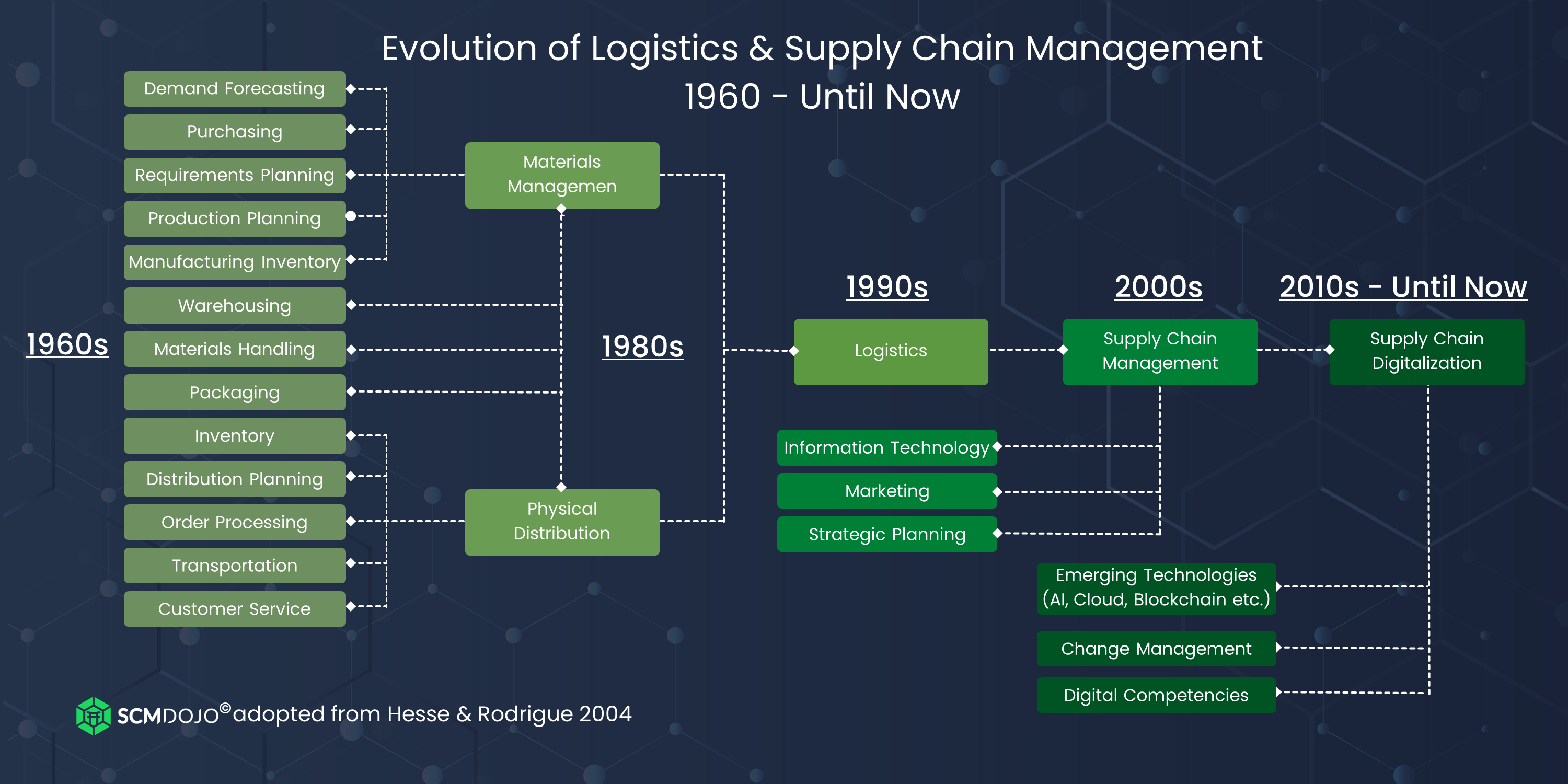Embracing Innovation: Supply Chain Strategies
In today’s fast-paced world of e-commerce, businesses are constantly seeking ways to stay ahead of the competition and meet the ever-changing demands of consumers. One of the key strategies for success in this new landscape is to embrace innovation in supply chain management.
Traditional supply chain strategies are no longer sufficient in the age of e-commerce. With the rise of online shopping and the increasing demand for fast and efficient delivery, businesses must adapt and evolve their supply chain processes to keep up with the changing landscape.
One of the most important aspects of embracing innovation in supply chain management is the integration of technology. Advances in technology have revolutionized the way businesses operate, allowing for real-time tracking of inventory, automated order processing, and improved communication between suppliers, manufacturers, and retailers.
By leveraging technology, businesses can streamline their supply chain processes, reduce costs, and improve overall efficiency. For example, the use of data analytics and machine learning can help businesses forecast demand more accurately, optimize inventory levels, and identify areas for improvement in the supply chain.

Image Source: scmdojo.com
Another innovative strategy that businesses are embracing is the use of automation in supply chain management. Automation can help businesses reduce manual labor, minimize errors, and increase the speed and accuracy of order fulfillment. From automated warehouse systems to robotic process automation, businesses are finding new ways to streamline their supply chain operations and improve customer satisfaction.
In addition to technology and automation, businesses are also embracing sustainability as a key component of their supply chain strategies. With increasing consumer awareness and demand for eco-friendly products, businesses are under pressure to reduce their carbon footprint and minimize waste in their supply chain processes.
From using sustainable packaging materials to optimizing transportation routes to reduce emissions, businesses are finding creative ways to incorporate sustainability into their supply chain strategies. Not only does this help businesses meet the growing demand for environmentally friendly products, but it also has the potential to reduce costs and improve overall efficiency in the long run.
Overall, embracing innovation in supply chain management is essential for businesses to thrive in the age of e-commerce. By integrating technology, automation, and sustainability into their supply chain strategies, businesses can stay ahead of the competition, meet the demands of today’s consumers, and create a more efficient and sustainable supply chain process.
Navigating the Digital Frontier with E-Commerce
In this age of rapidly evolving technology and shifting consumer preferences, businesses are constantly adapting their supply chain strategies to keep up with the changing landscape. One of the key factors driving this transformation is the rise of e-commerce, which has revolutionized the way goods are bought and sold.
E-commerce has opened up a world of opportunities for businesses, enabling them to reach a global audience and tap into new markets that were previously inaccessible. With the click of a button, consumers can now purchase products from anywhere in the world, leading to a surge in online shopping and a shift towards digital transactions.
For supply chain managers, this shift towards e-commerce has presented both challenges and opportunities. On one hand, the demand for faster delivery times and seamless customer experiences has put pressure on supply chains to become more efficient and agile. On the other hand, advances in technology have provided new tools and solutions to help businesses streamline their operations and meet the demands of the digital age.
One of the key strategies that businesses are adopting to navigate the digital frontier with e-commerce is the use of data analytics. By leveraging big data and analytics tools, companies can gain valuable insights into consumer behavior, market trends, and supply chain performance. This data-driven approach enables businesses to make more informed decisions, optimize their processes, and improve their overall efficiency.
Another important aspect of e-commerce supply chain strategies is the focus on visibility and transparency. With the proliferation of online shopping platforms and the increasing complexity of supply chains, it has become more important than ever for businesses to have real-time visibility into their operations. By implementing tracking and monitoring systems, businesses can track their goods from the moment they leave the warehouse to the moment they reach the customer’s doorstep, ensuring a smooth and seamless delivery process.
In addition to data analytics and visibility, businesses are also investing in automation and technology to streamline their supply chain operations. From robotic process automation in warehouses to artificial intelligence-powered forecasting tools, technology is playing a key role in helping businesses adapt to the demands of e-commerce. By automating repetitive tasks and leveraging technology to optimize their processes, businesses can reduce costs, improve efficiency, and deliver a better customer experience.
However, with the rise of e-commerce also comes the challenge of cybersecurity and data privacy. As businesses collect and store increasing amounts of data on their customers and supply chain operations, they must also prioritize cybersecurity and data protection. By investing in robust cybersecurity measures and ensuring compliance with data privacy regulations, businesses can safeguard their operations and protect their customers’ sensitive information.
Overall, navigating the digital frontier with e-commerce requires businesses to embrace innovation, leverage data analytics, prioritize visibility and transparency, and invest in automation and technology. By adopting these strategies and embracing the opportunities presented by e-commerce, businesses can stay ahead of the curve and thrive in the age of digital transformation.
The Evolution of Supply Chain Strategies in the E-Commerce Era